Somatic Regulation
Nervous System Support
What is somatic regulation?
The original meaning of the term ‘somatic’ comes from the Greek word soma, which means body.
Our bodies are intelligent vessels that collect, interpret and store all of our life experiences.
The memory stored in the tissues of our bodies is experienced and expressed differently than the memory stored in our minds. Our bodies have a tendency to hold onto negative, stressful, and traumatic experiences, so that we can move through the world with the ability to distinguish that which is safe versus that which is not safe. Though a useful survival strategy, when stressful and traumatic experiences are not able to be released from the body, physical, mental, and emotional suffering arises.
The body requires a unique approach to support its healthful release of negative, toxic and traumatic experiences - an approach rooted in attuned presence and compassionate touch.
Somatic regulation touch work is a body-up approach to processing and releasing stored feelings, thoughts, behaviors and experiences that may be contributing to dysregulation in one’s nervous system.
Signs that you may be experiencing nervous system dysregulation:
Feeling easily overwhelmed, overstimulated and on edge.
Feeling numb, spaced out, on auto-pilot, fatigued, and detached from your surroundings.
You find it difficult to regulate your emotions, experience mood swings, and find yourself reacting rather than responding to situations.
You notice increased mental chatter, ruminating thoughts, anxiety and/or depression.
You have difficulty concentrating, remembering things, making decisions and problem solving.
Social interactions and maintaining relationships may feel more challenging.
You may experience an increase in physical symptoms such as headaches, difficulty sleeping, digestive issues, body tension and pain.
Somatic regulation supports your return to a more balanced and regulated nervous system so that you can move through the world with more ease - feeling more grounded, embodied, and whole.
What I Offer
The somatic regulation touch work I provide is informed by polyvagal and attachment theory.
I weave a combination of mindfulness practices, somatic dialoguing, and NeuroAffective Touch therapy together with my experience as a bodyworker, energy worker, and acupuncturist.
The work that I do is not psychotherapy and it is not intended to replace psychotherapy or care by a licensed therapist or psychiatrist. In fact, I find this work most helpful when done in collaboration with a care team of physicians, healers, and mental health providers.
I am currently near completion of a year-long residency with Tracy Andrews, LAc, a seasoned practitioner of trauma-informed care, and somatic regulation practices.
What is NeuroAffective Touch?
NeuroAffective Touch is a somatic regulation technique developed by Dr. Aline LaPierre. This technique uses therapeutic touch to addresses the ways in which developmental trauma manifests in the body, as well as supports the integration of body and mind.
In Dr. LaPierre’s own words:
“After 35 years of private practice… it became clear that the stories the body tells about its experiences are frequently quite different from the mind's constructed beliefs. The mind tends to make meaning that overrides the body's needs, while at other times, the body disregards the mind's better judgment. Adversarial body-mind relationships usually begin with our need to adapt to misattuned, threatening, or neglectful childhood environments. In our adult lives this continues as an unconscious tug of war between fear, vigilance, and the struggle to love and be loved, leading to confusion, illness, addiction, or involvement in harmful relationships.
NeuroAffective Touch integration supports our ability to come into our energetic and somatic center, where body and mind team up to collaboratively share their wisdom and knowledge, and where you can experience the wholeness and vitality that every human deserves to feel.”
“Laura’s hands have a presence that puts my nervous system at ease and allows me to deeply settle into her treatments. I feel intentionally held and cared for during our sessions.”

